BVI Hunter
Bronze Member
- Joined
- Apr 8, 2013
- Messages
- 2,092
- Reaction score
- 1,901
- Golden Thread
- 2
- Location
- VIRGIN ISLANDS
- 🥇 Banner finds
- 2
- 🏆 Honorable Mentions:
- 1
- Detector(s) used
- ACE 250
AT Pro
SEA HUNTER 2
Garrett Pro Pointer
Ghost Amphibian Headphones
Vibra Probe 580
Vibra Tector 730
- Primary Interest:
- Metal Detecting
After some cleaning, these two balls and one strange cone shaped object show signs of being "plugged"?
the largest ball (2 3/4 diam) has a large plug
the second ball (2 1/4 diam) has a smaller plug
the cone (2" base, 1 1/2 high) has plug in the base
all seem to be molten lead??
any ideas??
(drill or not to drill...... )
)
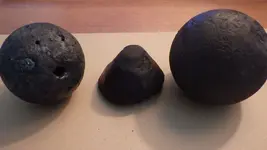
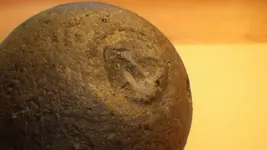
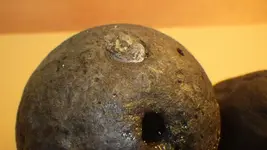
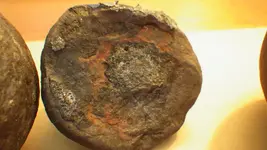
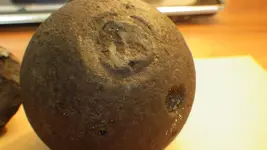
the largest ball (2 3/4 diam) has a large plug
the second ball (2 1/4 diam) has a smaller plug
the cone (2" base, 1 1/2 high) has plug in the base
all seem to be molten lead??
any ideas??
(drill or not to drill......









